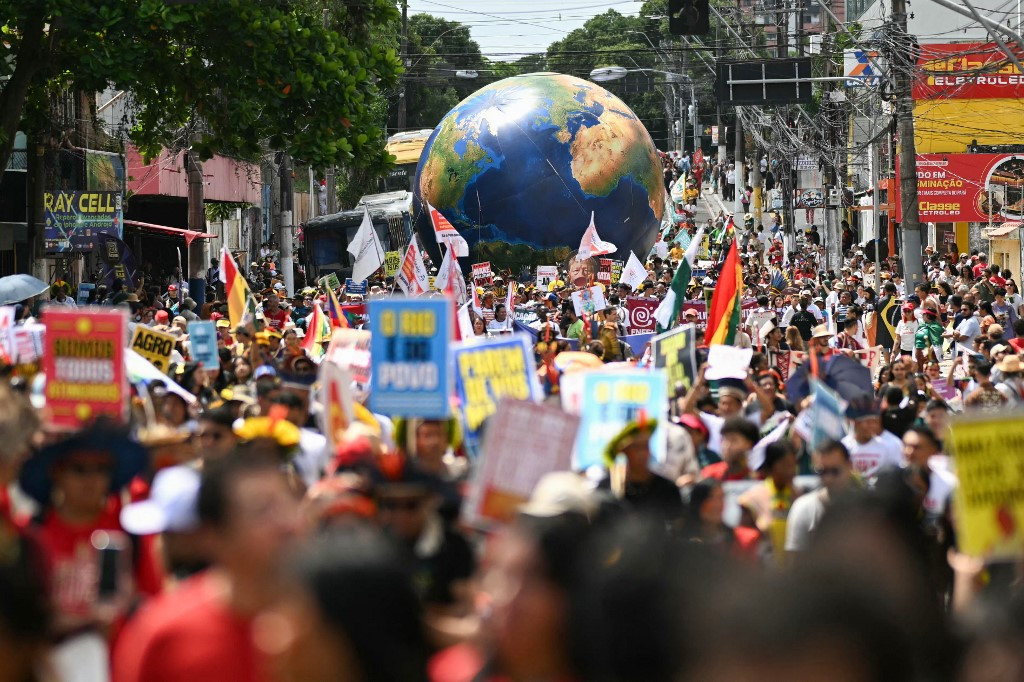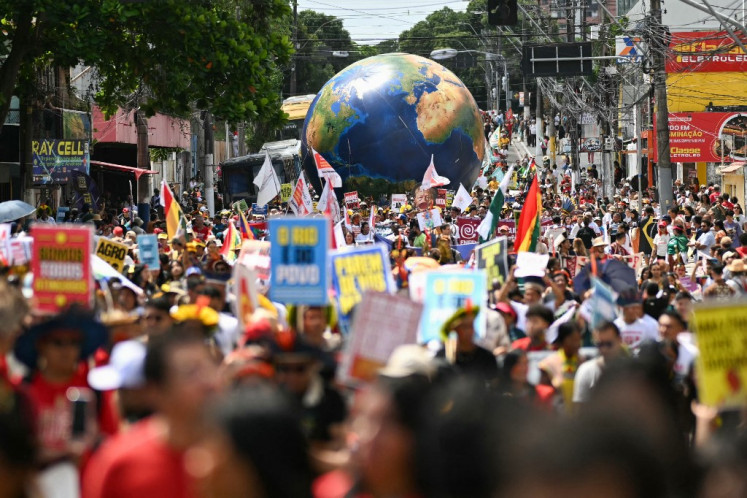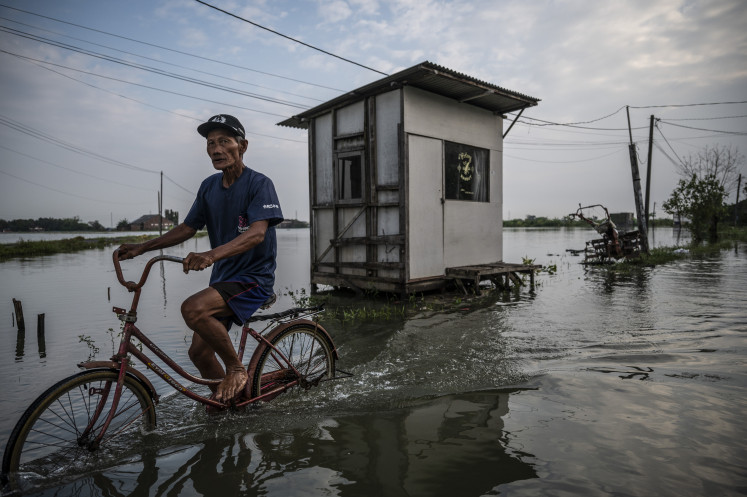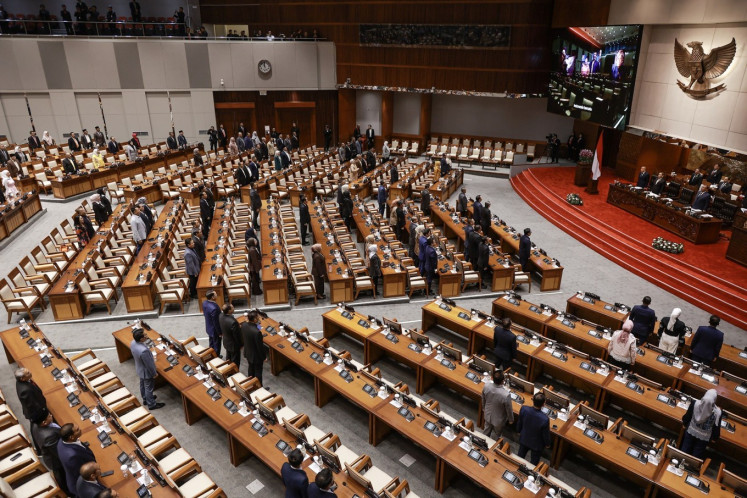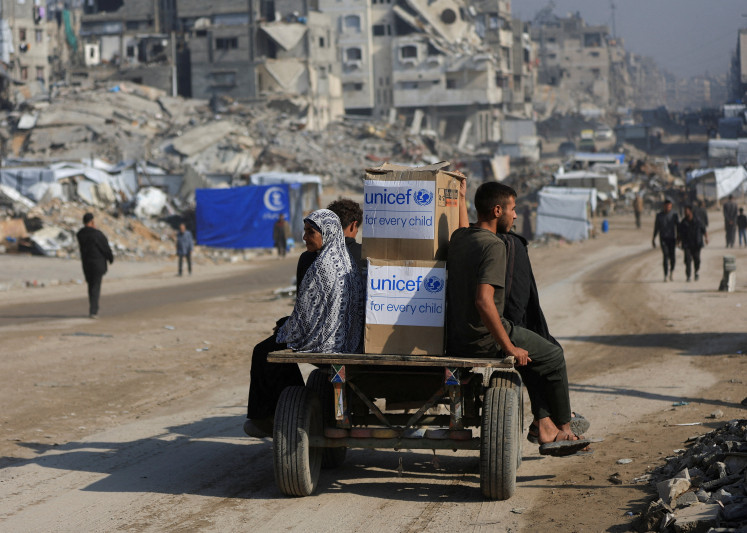Popular Reads
Top Results
Can't find what you're looking for?
View all search resultsPopular Reads
Top Results
Can't find what you're looking for?
View all search resultsClimate and development finance must be integrated
Climate action and development is a false dichotomy, as investing in one necessarily contributes to outcomes in the other, and the global financial architecture needs to reflect this reality through an integrated mechanism that delivers, especially for developing countries.
Change text size
Gift Premium Articles
to Anyone
F
or decades, the international community has operated under the illusion that climate action and development are different pursuits, each with its own goals, institutions and funding mechanisms. This approach has hindered progress on both agendas.
The world leaders gathered in Belém, Brazil, for the United Nations Climate Change Conference (COP30) must recognize this and begin transforming the fragmented, underperforming climate finance system into an integrated framework that delivers on both climate and development objectives. As they embark on this process, it is worth considering the main takeaways from Policy-Driven Climate and Development Finance: Strategies for Equitable Solutions, the forthcoming volume of essays that I edited.
While making the global financial architecture more equitable and efficient is a long-term project, delegates at COP30 can take important steps forward.
First, they must deliver a replicable and scalable model for climate finance that translates pledges into predictable flows, provides measurable results and allows for country ownership. This is necessary to narrow the climate finance gap, especially because developing countries will require between US$5.1 trillion and $6.8 trillion through 2030 to meet their nationally determined contributions, while their adaptation finance needs are 10-18 times greater than international public finance flows.
A good example of this kind of model is the Tropical Forests Forever Facility, an ambitious blended finance mechanism designed to unlock large amounts of both public and private capital for the conservation and sustainable management of tropical forests. If this facility successfully channels annual payments to tropical forest countries, it will show how climate finance that is anchored in outcomes can preserve biodiversity, support local livelihoods and crucially, advance development.
COP30 must also focus on efficiency. The climate finance system is not only underfunded but also fragmented. Developing countries are forced to navigate an ever-growing number of funds, each with its own procedures and reporting requirements. This bureaucratic thicket, coupled with cofinancing conditions and weak coordination among institutions, can delay projects for years while too much money is wasted on transaction costs.
At the heart of this inefficiency lies the cost of capital. Green investments often come with high interest rates for developing economies. According to the International Energy Agency, the cost of financing green energy in developing countries can be 2-3 times higher than in advanced economies, significantly constraining the pace of the low-carbon transition. This disparity is less about project risk and more about structural biases, such as sovereign credit ratings that underestimate resilience, volatile currencies and persistent debt overhangs.

